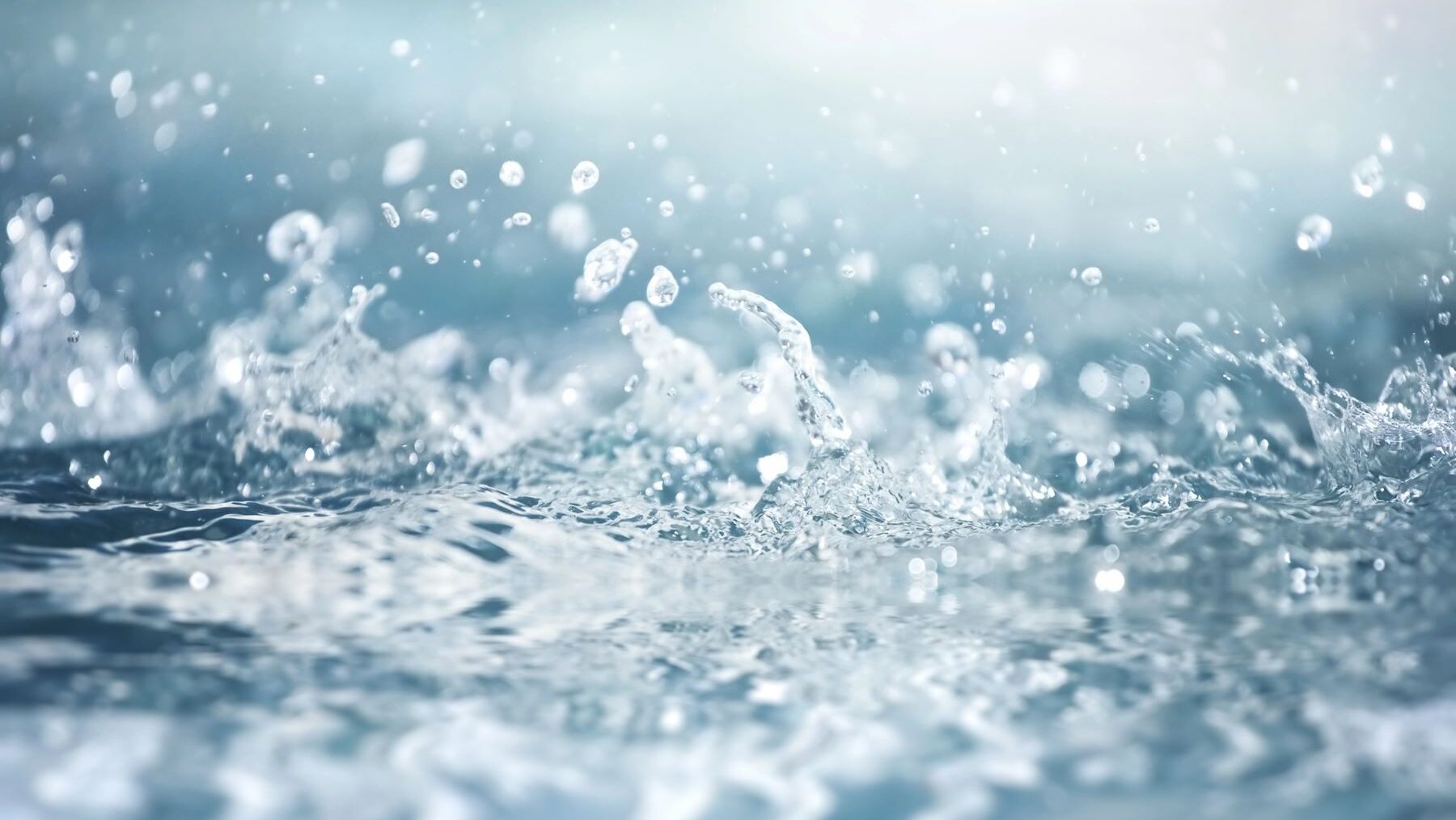In the context of the global energy transition, several studies conducted worldwide have made it possible to verify that hydroelectric energy, that is, energy that uses the power of wateris currently the third largest source of electricity production in the world and the first from renewable energy sources.
When it comes to making the balance, the statistics are very clear: coal remains the leader in terms of electricity source with almost 40% of the productive load, followed by natural gas, which is over 20%. The hydropower is in third place and leads the renewable energy.
The statistics show importance of hydraulics in the field of energy production. Other studies have highlighted that, even though it is a resource commonly used on almost the entire planet and there are countries that largely depend on it. The countries that use it most are: China, Canada, Brazil and the United States.
7 countries 100% renewable
According to data from the US Energy Information Administration, there are seven countries with electricity production that is 100% dependent on renewable energy sources. Each energy mix emphasizes hydroelectricity, which is based on harnessing the power of water.. And these countries have very specific characteristics that give them the luxury of producing electricity without polluting.
- Albania: this small Central European country manages to produce 100% of its electricity thanks to hydroelectric dams.
- Bhutan: in this Asian country the water of dams makes it possible to produce 100% renewable electricity.
- Ethiopia: in this African country More than 96% of electricity production is of hydroelectric originsupplemented with a small contribution from wind energy.
- Iceland: On this Northern European island, hydropower is responsible for almost 70% of production, supplemented by about 30% energy geothermal (which is mainly used for heating).
- Lesotho: This small African state not only has little electricity needs, but its dams give it the ability to meet 100% of them.
- Nepal: Another Asian state that is largely dependent on dams, although about 1% is contributed by some solar farms.
- Paraguay: thanks to its hydroelectric dams (Itaipú is the second largest in the world and shares it with Brazil) it produces the 100% of the electricity is renewable thanks to water.
General character traits
The countries on the list have a number of common features that determine this privileged situation rely exclusively on renewable energy to meet all the energy needs of the inhabitants: they are quite small, relatively non-industrialized and have an important river network that provides water to their reservoirs.


It is essential to keep in mind that this is one of the explanations why these countries meet 100% of their electricity needs thanks to renewable energy sources, simply because they don’t need much. Because they have few inhabitants and/or do not have the resources to serve everyone. So there are still many homes that are not connected to the electricity grid.
A non-viable solution for Europe
With exceptions, in the rivers of Europe dam construction is no longer viable save water and providing hydroelectricity, for several reasons: low flow in the river, very high environmental impact due to its construction, lack of resources to invest in these resources, etc.
Yes OK hydroelectric is more stable and controllable (it can be produced at any time), in Europe we must continue to focus on economically viable renewable energy sources, such as solar energy in any form and wind, both onshore and offshore (which is installed in the sea). Water is the world leader in renewable energy sources

